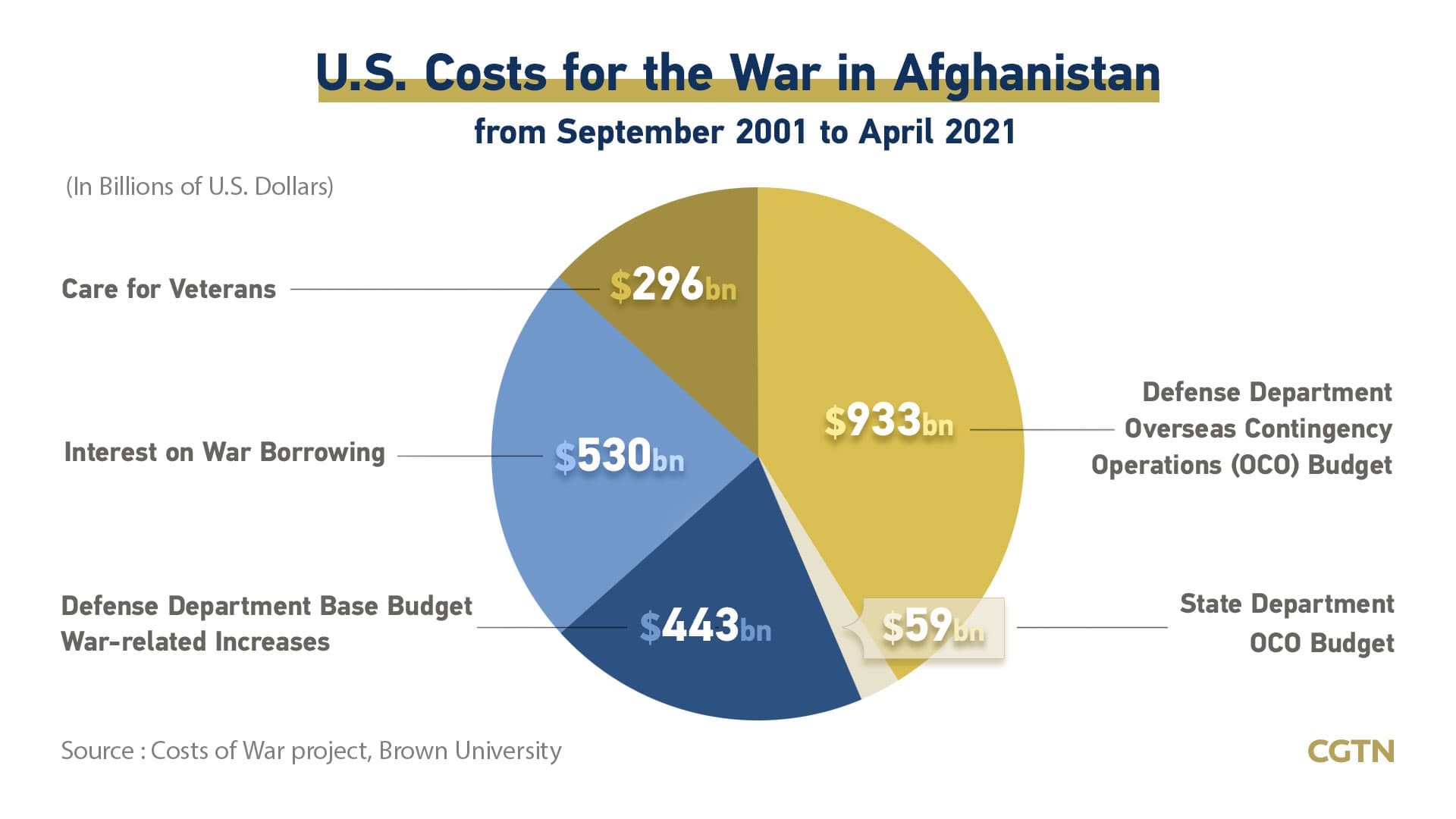US Spent Over $2.3 Trillion on Afghanistan War, With Long-Term Costs Projected to Reach $8 Trillion

The United States' two-decade-long military involvement in Afghanistan, initiated in response to the September 11, 2001 attacks, incurred a direct financial cost exceeding $2.3 trillion. This substantial expenditure, a subject of public inquiry as highlighted by a recent tweet asking, > "How much did the war in Afghanistan cost bro?", spanned from extensive military operations to complex reconstruction efforts in the Central Asian nation, concluding with the U.S. withdrawal in August 2021.
According to comprehensive research by Brown University's Costs of War Project, the U.S. directly spent approximately $2.313 trillion on the war in Afghanistan and related operations in Pakistan between 2001 and 2022. This staggering sum encompassed the Department of Defense's warfighting expenses, including troop deployment, equipment, and logistical support, alongside significant allocations for training and equipping the Afghan national security forces, which amounted to nearly $88.3 billion. These figures do not fully capture the broader financial burden.
When accounting for the long-term financial obligations, such as estimated interest payments on the money borrowed to fund the war and the substantial costs of lifetime care for American veterans, the total projected expenditure escalates dramatically. Various analyses, including those from the Costs of War Project, estimate this comprehensive cost could reach between $5 trillion and $8 trillion. Beyond the monetary figures, the conflict exacted a profound human toll, with over 2,300 U.S. military personnel and nearly 4,000 U.S. civilian contractors killed, alongside an estimated 70,000 Afghan military and police, and over 46,000 Afghan civilians.
A distinctive aspect of the Afghanistan war's financing was its heavy reliance on borrowing and simultaneous tax cuts, a significant departure from historical precedents where wars were often funded through increased taxation. The U.S. government utilized unique budgetary mechanisms, including emergency supplemental appropriations and the Overseas Contingency Operations (OCO) fund, which allowed for sustained military engagement without fully integrating the costs into the regular federal budget. This approach effectively deferred the immense economic impact to future generations, underscoring the enduring fiscal legacy of America's longest war.